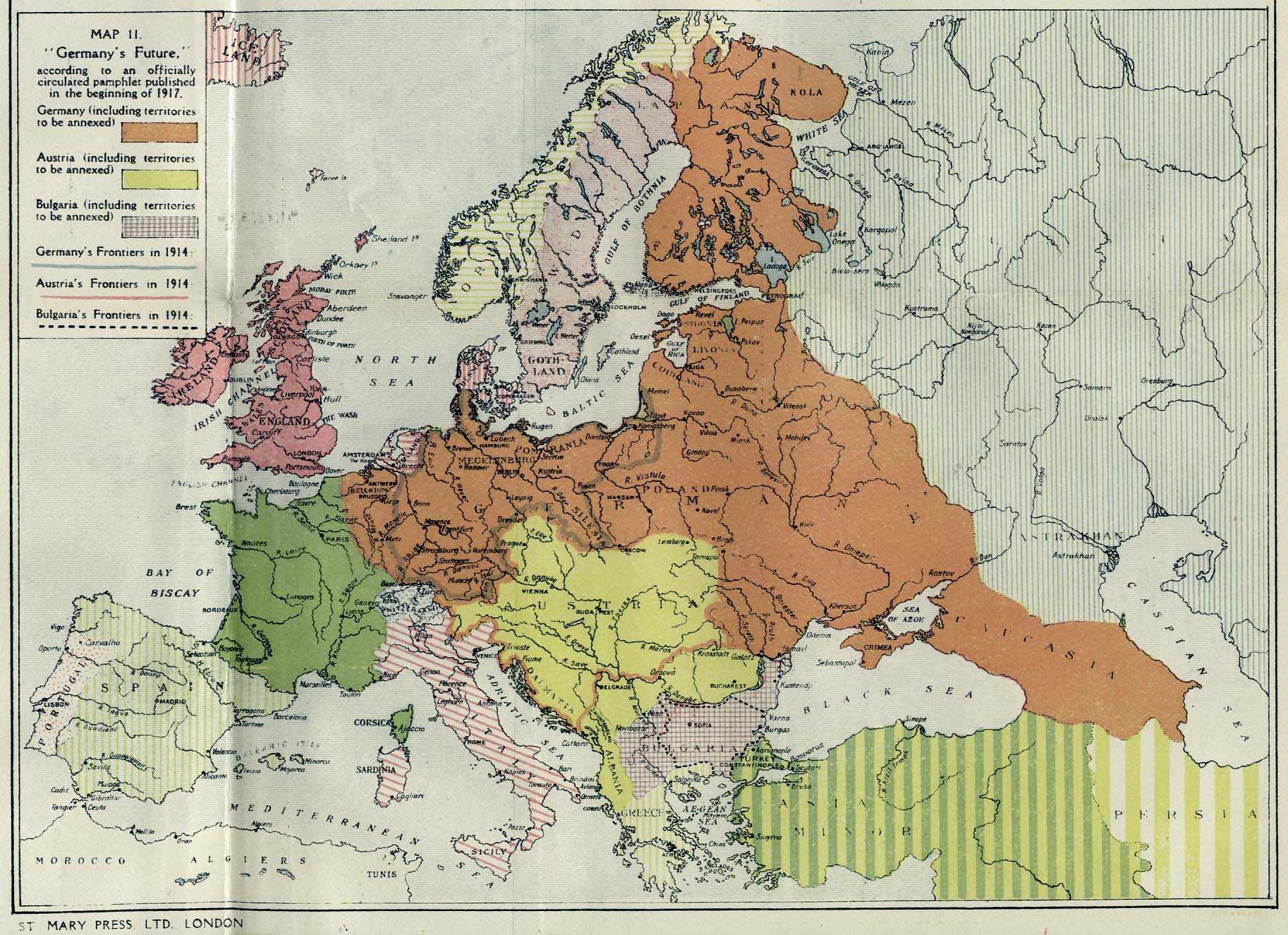Remember Marian Rule Number 1:
Disregard realism.
---
I forget exactly where I was going with this, but let me recap this massive butchering of the space-time continuum.
The initial idea - what my maps often branch off of - was the Hohenzollerns and Habsburgs deciding to form a royal union - likely after the formation of the German Empire - at some point. Before going ahead with such a union, however, it was obvious that some foes would need to be demolished.
In a surprise assault, the League of Three Emperors' legacy was slain forever, with the Austrians and Germans launching a massive assault on the Russian Empire. The end result was a treaty which ceded over 1/3 of Russia's population. After the Czar had been toppled by revolutionaries, of course. As the Scandinavian states, Japanese, and the Turks had contributed to the anti-Russian War effort, they were all rewarded with grants of territory. In Scandinavia's case, the states of Sweden, Denmark and Norway were united over the anti-Russian efforts much like the Germans were over the anti-French effort. A new Kalmar-esque Union was formed, with all states in a federation, and engorged with large amounts of the former Northwest Russia.
Europe didn't seem to mind the change of events TOO much. Even if it was disturbing to see Germany forming a free Poland together with Austria, as well as a free Belarus and Ukraine, while moving on to absorb parts of the Baltic states. And then the minor state of Italy was attacked by Austria-Hungary, with Germany's backing. While France and Britain considered intervention, the German Alliance convinced them not to, stating the war was primarily over colonies, which Austria-Hungary lacked.
Sure enough, that war ended with all of Italy's petty colonies being taken over by Austria-Hungary, in addition to a large chunk of land in the northeast... Austria reclaiming it's Venetian possessions.
---
After a short period of reconstruction, the Germans publicly announced a dynastic alliance between their countries to complement their military alliance. This shocked the Europeans, of course. But rather than let their enemies conspire over the coming decades against the grandchild of the current rulers - who would become the Emperor of all Habsburg and Hohenzollern possessions a la Charles V - they decided to strike first. Germany blitzkrieged into wartorn Italy anew with terrifying ease; the Italians agreed to retreat to everything south of the former Papal States. Then it became a war on France and Britain. France fought a tough battle, but they were defeated after Paris fell. They agreed to part with parts of their homeland... which soon were rebuilt as the Kingdom of Burgundy, which had been extinct for centuries.
---
Though the Holy Roman Empire was more or less established - and centralized at that - problems still raged abroad thanks to the British Empire. It was decided that Perfidious Albion had to be crushed if the German Union was to prevail. The Americans rebuffed any offer of alliance, being content with their current empire.
It thus became a great worldwide struggle, where Germany and Austria's colonies were extremely pitiful in comparison. Hence, the Kaiser and Emperor came up with an insane yet brilliant plan - penetrating Britain itself.
The plan involved using EVERYTHING in the Imperial Arsenal to force open the path across the Straits of Dover. Misinformation was fed to the British everywhere, stretching the Royal Navy to guarding areas like Italy to prevent African landings.
At a very high cost, the Straits were kept open long enough for much of the German force to land. At least a million soldiers managed to cross the straits, thanks to the German Navy and Airforce putting up a good fight.
It was of course a bloody campaign, lasting many months. But London eventually collapsed, as did many of England's territories. The Irish and other repressed ethnicities in Great Britain took the opportunity to rise up. When the British government was captured, they signed a humiliating peace treaty that destroyed most of the British Empire in Africa, and giving large parts of it to Spain. The British were compensated with new territories in France - which was in no position to fight German demands - and in other colonies.
---
The Brits lost Gibraltar and the Suez Canal, and yet retained precious India in a sick sense of humor by the Germans. The British Empire was weakened greatly, but it did at least maintain some valuable territories.
A revolt prompted the British to grant India dominion status, which was traditionally more of a title for settler colonies. But the elites could not afford to lose India too.
---
By the time a new Kaiser had risen to rule over both the Habsburg and Hohenzollern territories, territories had greatly shifted. China was in a state of chaos, while Russia continued with it's usual "Dark Ages" state between Republicans, Monarchists and Communists. The British had exacted revenge upon Germany by building a new empire at the expense of the Americans. Mexico had expanded to great power status thanks to British aid, and eventually unified South America against British influence. And most importantly, the Turks and Persians faced revivals while much of the Southern Slavs found themselves ruled in personal union with the ruler of Germany...
The world had greatly changed, and it's hegemons were by far the Anglo-Saxon countries, as idealized by Cecil Rhodes. And many predicted the next clash of the two powers would be the War to End All Wars....
---
Black is Germany. Dark Gray are Germany's puppets/states ruled in personal union.




 You mean that list of members to terrorize for a week?
You mean that list of members to terrorize for a week?


 (edit: you could move Israel to the Czech Rep. though
(edit: you could move Israel to the Czech Rep. though  )
)






